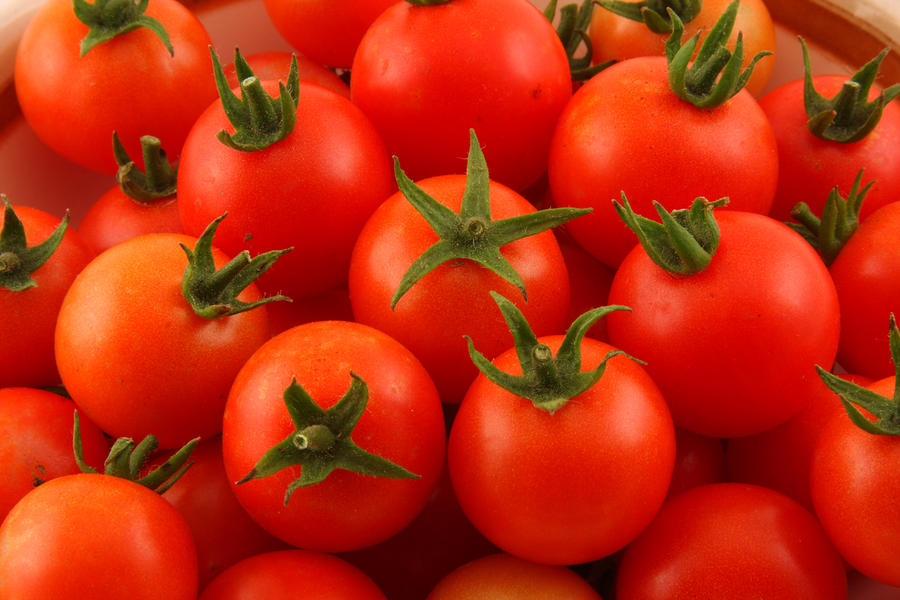
Not too surprisingly, that goal didn't get the governor's approval. And from a constitutional law perspective, it's not hard to see why: there are less restrictive ways to regulate food practices and protect public welfare. As a prime example, the voluntary Federal Drug Administration standard that phases-out antibiotic use for growth promotion is seemingly doing a fairly effective job of encouraging food producers to stop antibiotic use on their own. “This action promotes the judicious use of important antimicrobials, which protects public health and, at the same time, ensures that sick and at-risk animals receive the therapy they need,” says CVM Director Bernadette Dunham, DVM, Ph.D. “We realize that these steps represent changes for veterinarians and animal producers, and we have been working to make this transition as seamless as possible.”
Recently, Perdue and Tyson have taken a first step in making the transition to antibiotic-free food production. But although it is definitely in the right direction, this step needs to be looked at more closely. Both companies announced they were no longer going to use antibiotics used by humans in their chicken hatcheries. This technically means that there is no risk of overexposure on our part to antibiotics we use to get better, which means we won't become prematurely immune to their beneficial effects.
Perdue also does not feed its chickens any antibiotics for growth promotion purposes; the same cannot be said for Tyson yet.
The misleading thing about chicken and antibiotics is that as much as these sorts of actions should be encouraged, they are not as meaningful as they would be in the beef and pork industries. This is because all chicken is “antibiotic-free” in the sense that no antibiotic residues are present in the meat due to the withdrawal periods and other precautions required by the government and observed by the chicken companies, according to the National Chicken Council.
So interestingly, this means that antibiotic use in chickens is primarily an animal welfare issue; humans are not theoretically much at risk due to the withdrawal period. But these companies are changing their policies, since we the consumers are getting more and more grossed out by the thought of the Little Red Hen being injected with antimicrobial drugs just so we can have bigger animals and cheap meat.
When will Bessie the Cow and Percy Pig be as ethically treated across the board?




